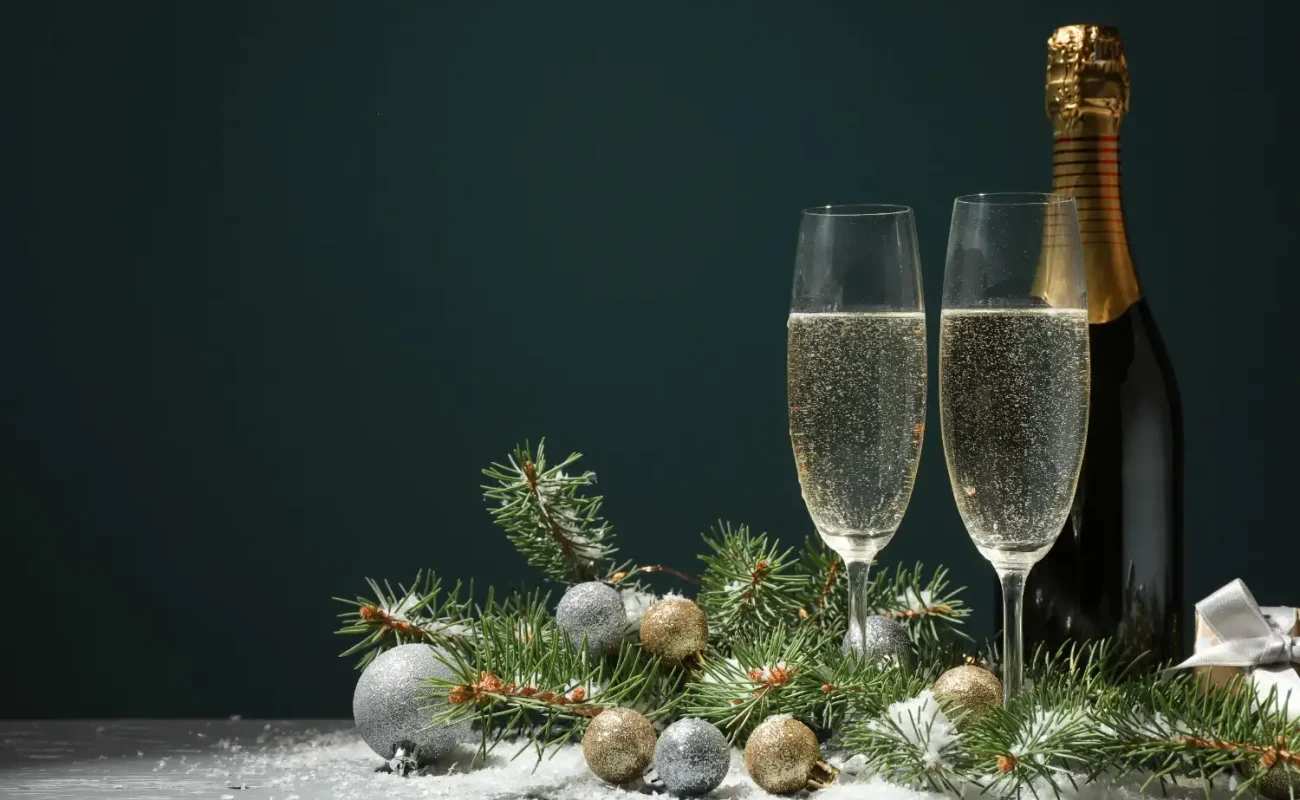
How long Champagne shine before bubbles finally disappear
Every Champagne lover knows the thrill of those first lively bubbles but have you ever wondered how long that sparkle truly lasts? Beneath its glittering surface, Champagne hides a secret life of aging, where time can transform brightness into depth, and effervescence into elegance.
While most bottles are crafted to dazzle in their youth, certain Champagnes can mature beautifully, evolving from bright and lively to rich and toasty. Understanding how long Champagne can age before it finally loses its effervescence is not just for collectors it is for anyone who loves to savour the story behind each bubble.
So, let us raise a glass to curiosity and explore how time transforms Champagne’s sparkle, flavour, and soul.
A Toast to Champagne History
The story of French champagne begins centuries ago in the rolling hills of northern France, where cold winters once caused accidental fizz in stored wine barrels. What was once considered a flaw became a global icon of celebration.
By the 18th century, houses like Lanson, Moët, and Veuve Clicquot had refined the craft, turning sparkling wine into a symbol of sophistication. Modern bottles like Lanson Le White Label Sec NV Champagne and Lanson Le Rosé NV Champagne carry that same proud tradition, combining centuries-old expertise with contemporary finesse.
In short, champagne is not just a drink it is history in liquid form, bottled with elegance and bubbles.
Why Champagne Is So Uniquely Alive
Unlike other wines, champagne undergoes a second fermentation inside the bottle a process called the méthode champenoise. This creates its famous sparkle, while yeast cells (called lees) slowly enrich the flavour.
Those lees rest quietly in the dark cellars of Champagne vineyards, giving birth to the signature brioche, almond, and honey notes that only true French champagne can achieve.
The quality of grapes also matters mainly Chardonnay, Pinot Noir, and Pinot Meunier the legendary champagne grapes responsible for that crisp acidity and fine mousse.
Even innovative cuvées like Lanson Le Black Creation NV Champagne respect this sacred trio, blending modern balance with traditional complexity.
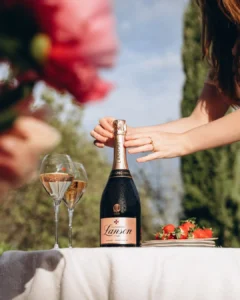
The Life Cycle of Champagne
Champagne, like people, has distinct phases youthful, mature, and (eventually) overripe. How long it shines depends on its type and how it is treated.
Non-Vintage Champagne
The workhorse of the champagne world, non-vintage blends grapes from multiple harvests to maintain a consistent house style.
- Aged around 3 years before release.
- Best enjoyed within 3–5 years after purchase.
- Shows bright fruit, crisp acidity, and that classic champagne colour pale gold and full of energy.
Bottles like Lanson Le White Label Sec NV Champagne are excellent examples light, lively, and charming in their youth. They are made to celebrate the present, not to linger in the cellar for decades.
Rosé Champagne
Rosé champagnes bring a touch of romance to every table. Their blush hue and berry-forward aroma make them a favourite at champagne weddings and garden brunches.
- Typically aged for 4–6 years.
- Best consumed while the fruit is fresh and lively.
- Known for notes of strawberry, rose, and red currant.
The delicate Lanson Le Rosé NV Champagne, for instance, strikes that perfect balance between elegance and playfulness vibrant enough for a champagne party, yet refined enough for fine dining.
Vintage Champagne
When nature blesses a single harvest with exceptional quality, winemakers bottle it as a vintage champagne.
- Aged 5–10 years before release.
- Can continue to evolve for 10–20 more under ideal storage.
- Displays layers of baked apple, hazelnut, and honey over time.
Aged vintage bottles from iconic champagne brands develop extraordinary character less sparkle, more soul. They are the deep thinkers of the wine world.
Prestige Cuvée
Prestige cuvées are the crown jewels rare, refined, and designed for longevity.
Bottles like Lanson Le Black Creation NV Champagne showcase the artistry of blending and aging. With years of cellar rest, they gain creamy texture and toasty richness without losing finesse.
These wines can age gracefully for 20 to 30 years if stored with care and when opened, they tell stories of time, patience, and quiet perfection.
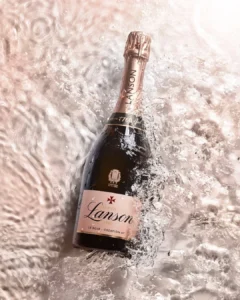
How to Store Champagne Like a Pro
If you have ever lovingly tucked a bottle of French champagne into your fridge and thought, “Perfect, it’s safe forever,” we need to talk. Champagne is more diva than durable. It does not like heat, light, or sudden changes. Treat it right, and it will reward you with lively bubbles and grace. Treat it wrong, and it sulks into flatness.
Here is the art of proper champagne storage:
Keep it Cool — But Not Freezing
Champagne prefers the calm chill of a cave, not the arctic blast of your fridge.
- Ideal temperature: 10–12°C (50–54°F).
- Avoid extremes: Heat accelerates aging, cold can dull Flavors and flatten bubbles.
- Pro tip: If you do not have a cellar, a wine fridge or an insulated, dark cabinet works wonders.
Think of champagne as an elegant guest it is happy when comfortable, not shivering.
Protect It from Light
UV light is champagne’s arch-nemesis. It breaks down delicate aromas, turning your golden champagne colour dull and lifeless.
Store bottles in a dark place or inside their original box. Even indoor lighting over time can affect flavour.
Remember: bubbles may love the spotlight at a champagne party, but bottles prefer the shadows.
Keep It Humid (Around 70%)
Humidity helps prevent the cork from drying out. A dry cork shrinks, letting oxygen sneak in and oxygen is the quiet thief that steals your fizz.
If you are storing champagne long-term, aim for around 70% humidity. Not too dry, not tropical just enough to keep the cork supple.
Avoid Vibration
Constant motion disturbs sediment and aging. Keep bottles away from washing machines, speakers, or foot traffic.
Champagne thrives in stillness like a poet in deep thought.
Short-Term vs Long-Term Storage
- Short-term (a few weeks): Your fridge is fine for upcoming events or gifts.
- Long-term (years): A dedicated wine cooler or cellar keeps consistent conditions.
And please do not chill, rewarm, and rechill repeatedly. Champagne hates mood swings.
What an Aging Changes Flavour and Sparkle
When young, champagne bursts with citrus, green apple, and mineral notes. Over time, those Flavors deepen honey replaces lemon, brioche replaces pear, and the once-sharp bubbles soften into a silky mousse.
Aged vintage champagne is less about energy and more about emotion like an old song that still stirs your heart.
Just remember, too much time can turn brilliance into dullness. When bubbles fade and aromas flatten, even the most exquisite champagne aging becomes a quiet whisper of its former self.
Signs Your Champagne Has Aged Past Its Prime
Flat, Lifeless Bubbles
If your pour produces more sigh than sparkle — it is gone.
Bubbles should dance; if they sit still, the soul has left the bottle.
No fizz = no fun = no good.
Even the most elegant vintage champagne loses its magic once the carbonation escapes.
Dull or Darkened Colour
Fresh champagne gleams pale gold a sunrise in a glass.
But when it starts leaning toward amber, brown, or rusty tones, oxidation has taken over.
That beautiful champagne colour has turned into a tired sunset. Time and oxygen have done their work.
Musty or Vinegary Smell
A healthy bottle smells of apple, citrus, brioche, maybe even hazelnut.
A spoiled one? Think wet cardboard, old newspaper, or vinegar.
That’s oxidation and bacterial spoilage — the same process that turns wine into cleaning vinegar (minus the satisfaction).
Flat or Bitter Taste
If the taste has gone from creamy and balanced to sharp, sour, or metallic, your champagnes past its peak.
A once-smooth mousse can turn coarse; sweetness fades; acidity bites.
In short, the joy disappears, replaced by disappointment — like reheating fries.
Weak Aroma, No Life
Swirl, sniff, and notice: do the aromas leap out or hide timidly?
When champagne loses its scent, it is usually long past revival.
Even bottles like Lanson Le White Label Sec NV Champagne or Lanson Le Rosé NV Champagne, known for brightness, will eventually fade into quiet neutrality.
The Cork’s Tattle-Tale Signs
A dry or crumbly cork means too much air got in.
Sometimes you will even find slight leakage around the seal a sure sign the cork failed and the champagne’s sparkle drifted away years ago. So, if the cork looks sad, chances are, your champagne feels the same.
When in Doubt, Do not Pour It Out
Old champagne is not always useless. If it smells decent but tastes flat, use it for cooking.
A dash of flat French champagne can brighten sauces, risottos, or even desserts — giving your dish a touch of luxury that lives on.
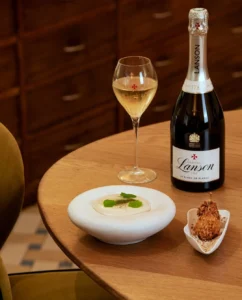
When Age Becomes Art
Not all old champagne is tired some are transformed. Aged bottles like Lanson Le Rosé NV Champagne develop beautiful notes of spice and dried fruit, turning every sip into a small revelation.
Similarly, cellared prestige cuvées such as Lanson Le Black Creation NV Champagne gain layers of caramel, almond, and smoky depth proof that, under the right conditions, time can turn sparkle into sophistication.
Serving Champagne, the Right Way
When it is time to celebrate, presentation matters.
- Chill gently to 45–50°F.
- Twist the bottle (not the cork) to open quietly.
- Pour into tulip glasses flutes look fancy but trap aroma.
- Admire the pale champagne colour, that golden glow that feels like bottled sunlight.
Pair aged champagne with roasted nuts, buttery seafood, or aged cheese food that listens instead of shouting.
Champagne for Every Occasion
From royal dinners to champagne festivals, the world’s favourite sparkling wine has been raising glasses for centuries.
At champagne weddings, its golden bubbles mark new beginnings. At a cozy champagne party, it fuels laughter and warmth.
Even the smallest champagne gift set carries a promise not of luxury, but of shared happiness.
And whether it is fruit champagne for something playful or vintage champagne for a grand toast, there is always a reason to celebrate because champagne isn’t just a drink; it’s a feeling that never quite fades.
The Future of Champagne Aging
As climates shift, champagne vineyards are adapting exploring new techniques to preserve acidity and freshness. Winemakers are fine-tuning blends and experimenting with corks that age more predictably.
Producers like Lanson continue to innovate, balancing tradition with progress. Whether it’s the zesty charm of Lanson Le White Label Sec NV Champagne or the bold personality of Lanson Le Black Creation NV Champagne, the house proves that modern French champagne can age gracefully while staying relevant in an ever-changing world.
Conclusion
So, how long can champagne age before it finally loses its sparkle?
There is no single answer but here is a simple truth:
- Non-vintage champagne shines for about 3–5 years.
- Vintage bottles thrive for 10–20 years.
- Prestige cuvées can outlive us all if cared for properly.
Champagne’s charm is not about how long it lasts it is about how beautifully it lives. Every champagne bottle holds a story of time, patience, and craft. When you finally raise that champagne glass, remember: bubbles may fade, but moments the ones shared, laughed over, and remembered never lose their sparkle.
Looking for imported champagne in India? Explore Solis Group’s curated collection featuring Lanson Le Black Creation NV, Lanson Le Rosé NV, and Lanson Le White Label Sec NV.
FAQs
Can unopened champagne go bad?
Yes, but only after many years. Non-vintage bottles peak early, while vintage and prestige champagnes age longer if stored properly.
What grapes are used in champagne?
Most French champagne blends Chardonnay, Pinot Noir, and Pinot Meunier. Each grape adds balance — acidity, structure, and aroma.
What gives champagne its golden hue?
That signature champagne colour comes from aging and gentle oxidation over time — a mix of sunlight, soil, and patience.
Can you age fruit champagne?
Fruit champagne is usually designed for freshness and fun — best enjoyed young, not aged like vintage wines.
How long should vintage champagne age?
Around 10–20 years, depending on the brand and storage conditions. Some bottles, like late-disgorged cuvées, can last even longer.
What are some notable champagne brands for collectors?
Bollinger, Krug, Veuve Clicquot, Moët & Chandon — and of course, Lanson Le Rosé NV Champagne, beloved for its refined freshness and delicate pink hue.
How should champagne be stored for aging?
Keep bottles horizontal in a dark, cool, slightly humid space. Avoid fridges for long-term storage they are too dry and cold.
Why is champagne used at weddings and festivals?
Because nothing captures joy like bubbles. From champagne weddings to champagne festivals, it symbolizes hope, love, and celebration in its most sparkling form.
-
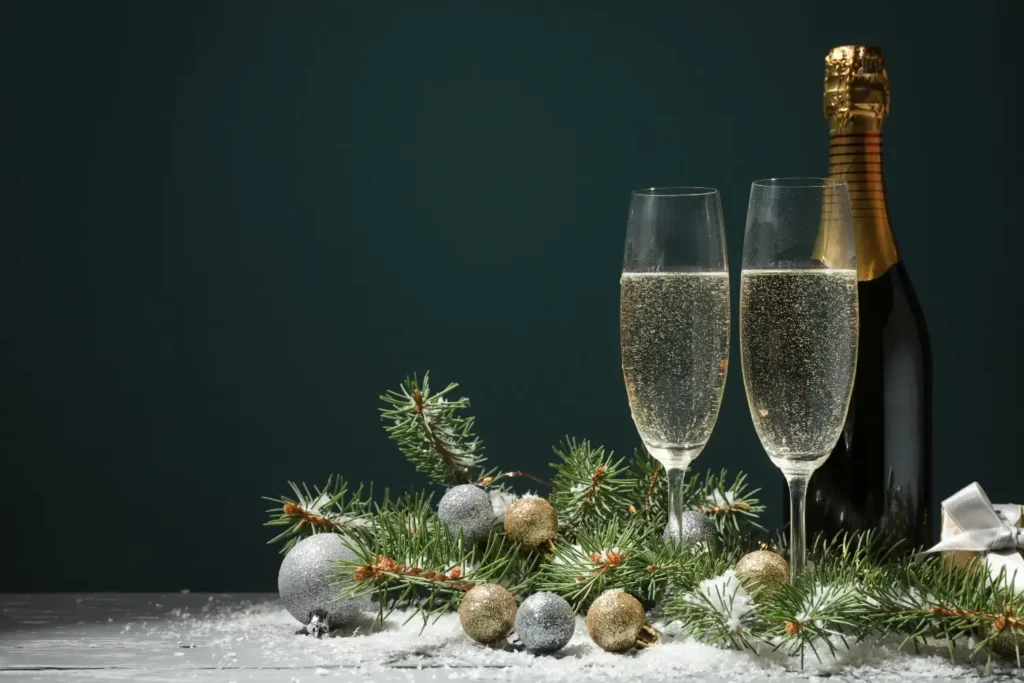 How long Champagne shine before bubbles finally disappear
How long Champagne shine before bubbles finally disappear -
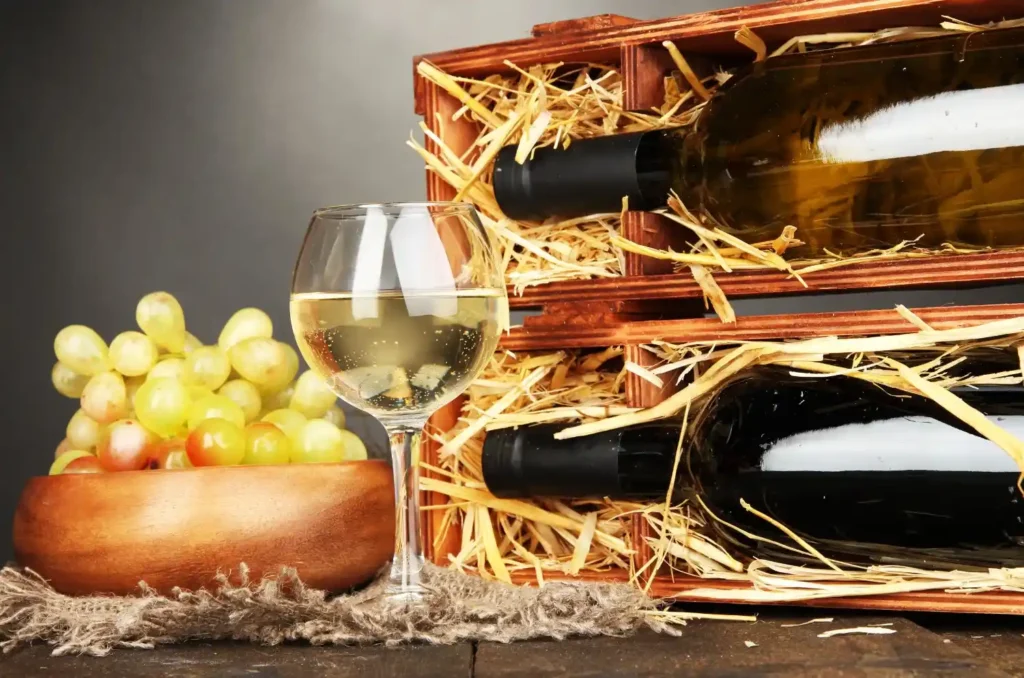 Why Some White Wines Age Good and Others Fade Away
Why Some White Wines Age Good and Others Fade Away -
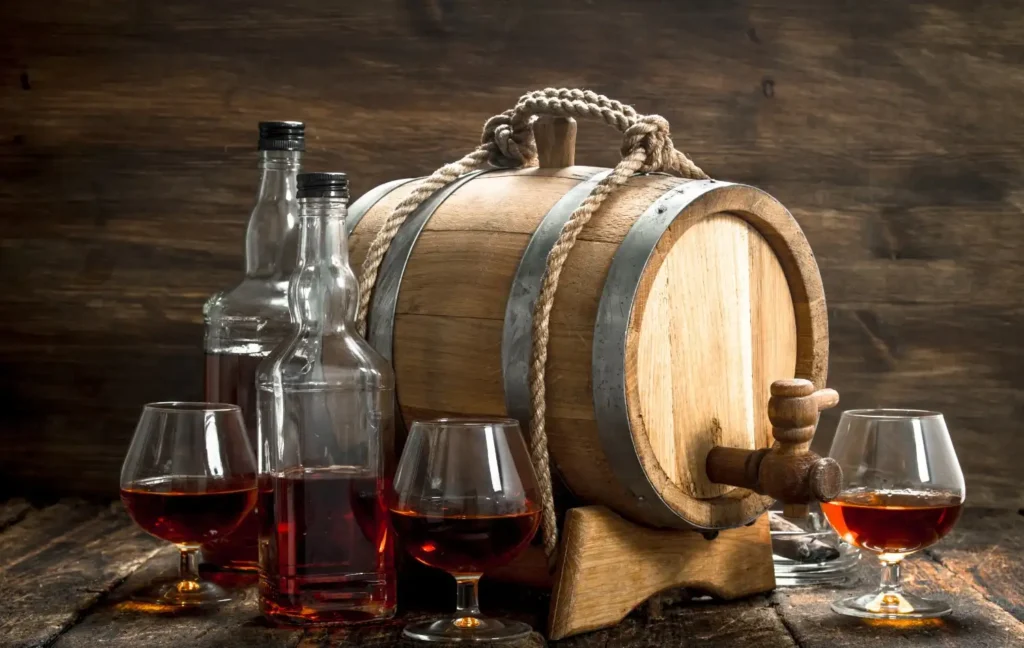 What Makes Single Malt Whiskey Taste Alive in Barrels
What Makes Single Malt Whiskey Taste Alive in Barrels -
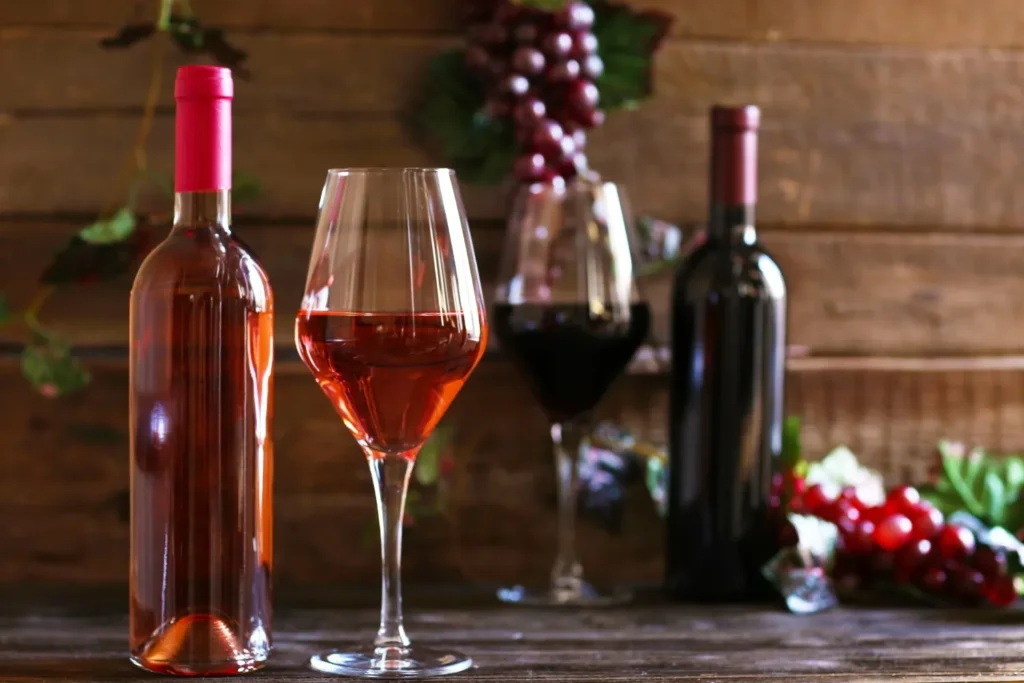 Why does rose wine vs red wine look so opposite inside
Why does rose wine vs red wine look so opposite inside -
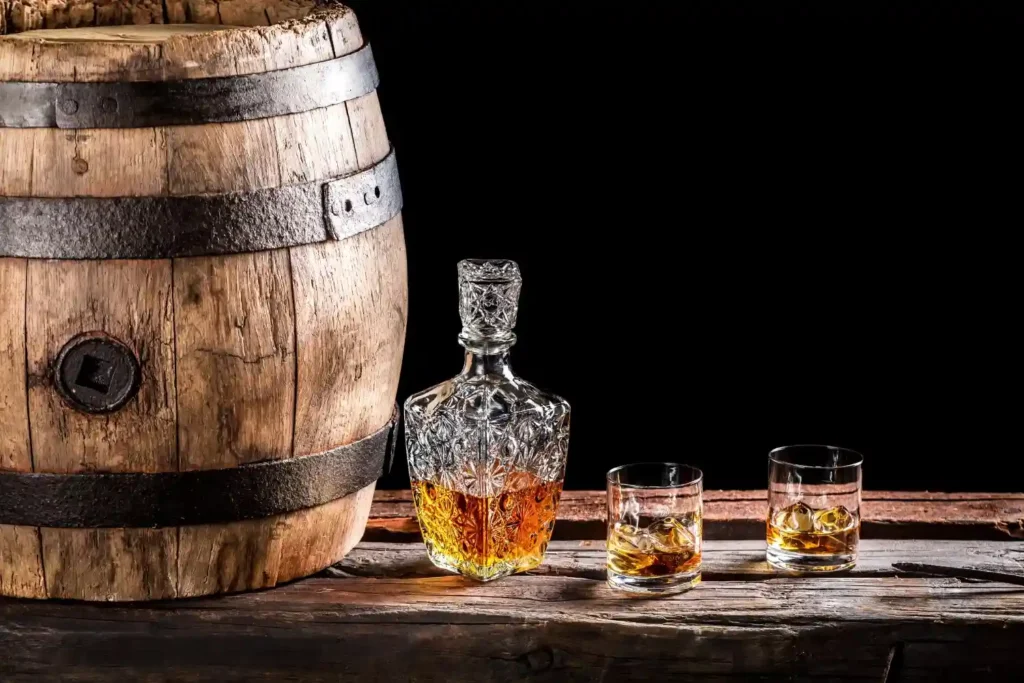 How distillers mastery in Blended whiskey vs single barrel
How distillers mastery in Blended whiskey vs single barrel -
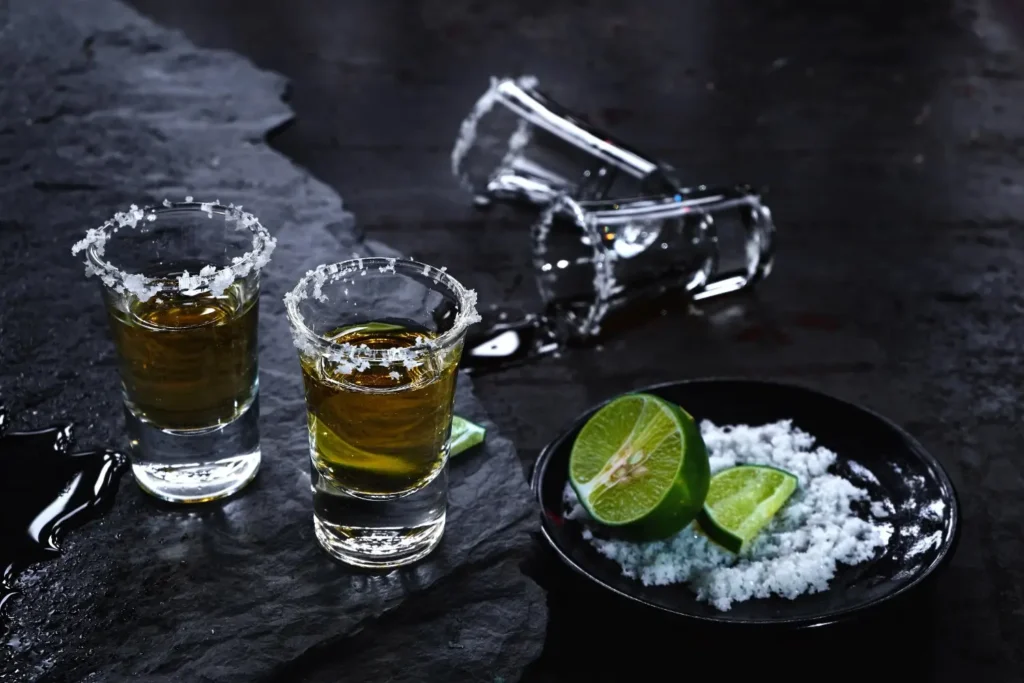 How Every Region Leaves Its Mark on Vodka
How Every Region Leaves Its Mark on Vodka -
 How to Store Gin When Your Guests Think It is Open Bar
How to Store Gin When Your Guests Think It is Open Bar -
 Why Does Cognac Carry Such a Luxurious Price Tag
Why Does Cognac Carry Such a Luxurious Price Tag -
 Why Does Single Malt Whiskey Win Single Grain Battles
Why Does Single Malt Whiskey Win Single Grain Battles -
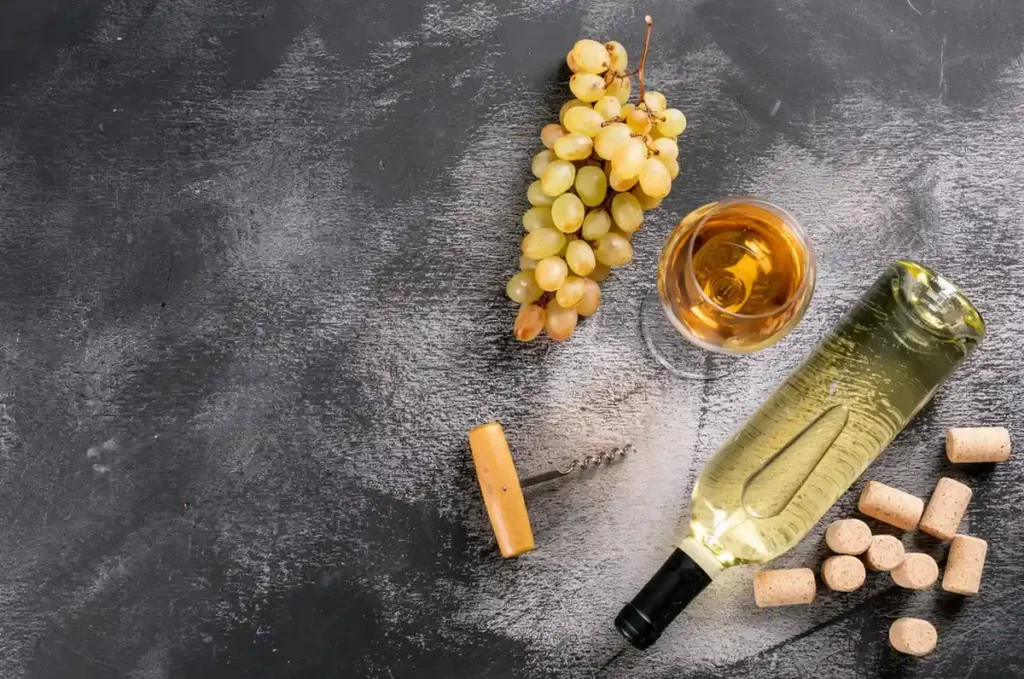 White Wine Guide to Help You Pick the Right Selection
White Wine Guide to Help You Pick the Right Selection
-
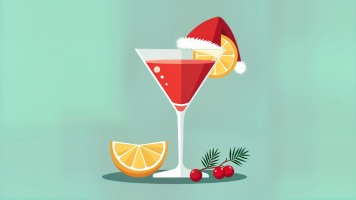 Christmas Cocktails You Can Make at Home
Christmas Cocktails You Can Make at Home -
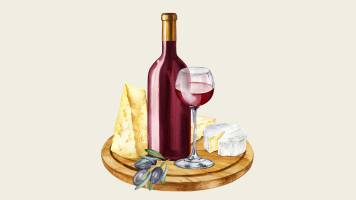 Sound Of Christmas Wine And Cheese?
Sound Of Christmas Wine And Cheese? -
 A Fresh Take on New Year’s Resolutions
A Fresh Take on New Year’s Resolutions -
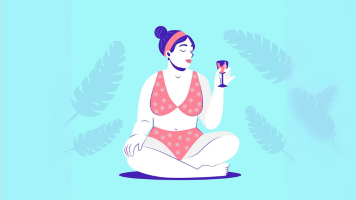 The Art of Smelling Wine Like a True Connoisseur
The Art of Smelling Wine Like a True Connoisseur -
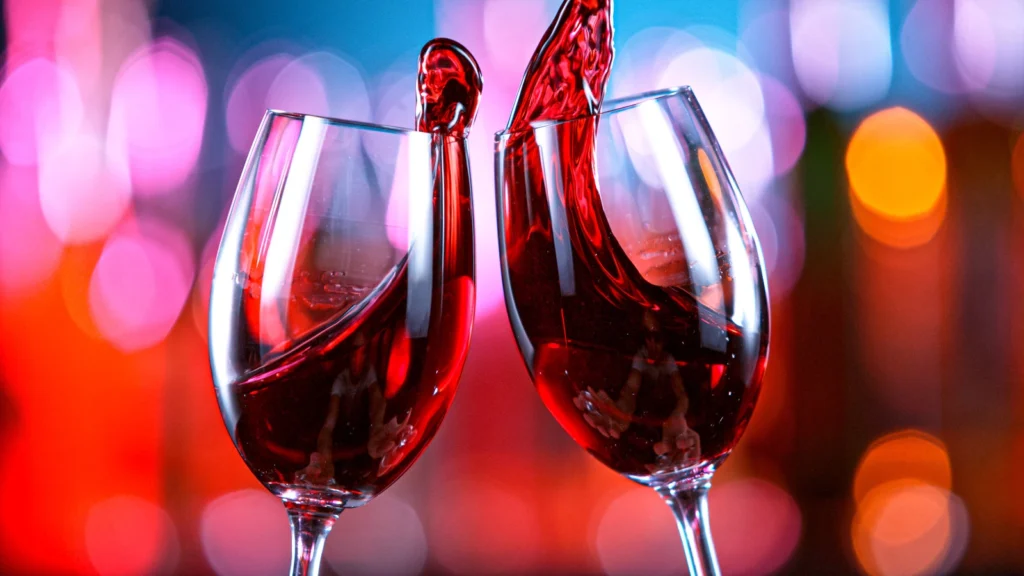 Looking for the Best Wine? Here's Where to Find It!
Looking for the Best Wine? Here's Where to Find It! -
 Read This Before You Buy Your Dad a Whisky.
Read This Before You Buy Your Dad a Whisky. -
 The Art of Pairing Wine with Indian Food
The Art of Pairing Wine with Indian Food -
 Whiskey on the Rocks — Cool Choice or Flavor Mistake?
Whiskey on the Rocks — Cool Choice or Flavor Mistake? -
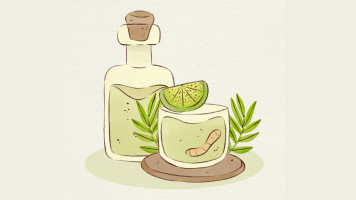 The Ingredients & Botanicals That Define Gin
The Ingredients & Botanicals That Define Gin -
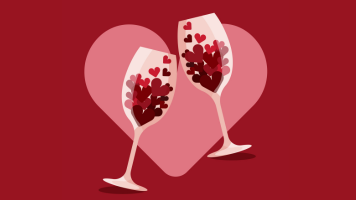 Seven Days of Love — Wine for Valentine’s Week
Seven Days of Love — Wine for Valentine’s Week
-
 Why Some White Wines Age Good and Others Fade Away
Why Some White Wines Age Good and Others Fade Away -
 What Makes Single Malt Whiskey Taste Alive in Barrels
What Makes Single Malt Whiskey Taste Alive in Barrels -
 Why does rose wine vs red wine look so opposite inside
Why does rose wine vs red wine look so opposite inside -
 How distillers mastery in Blended whiskey vs single barrel
How distillers mastery in Blended whiskey vs single barrel -
 How Every Region Leaves Its Mark on Vodka
How Every Region Leaves Its Mark on Vodka -
 How to Store Gin When Your Guests Think It is Open Bar
How to Store Gin When Your Guests Think It is Open Bar -
 Why Does Single Malt Whiskey Win Single Grain Battles
Why Does Single Malt Whiskey Win Single Grain Battles -
 White Wine Guide to Help You Pick the Right Selection
White Wine Guide to Help You Pick the Right Selection -
 Solis Group Representation on the Global Stage at TFWA, Cannes 2025
Solis Group Representation on the Global Stage at TFWA, Cannes 2025 -
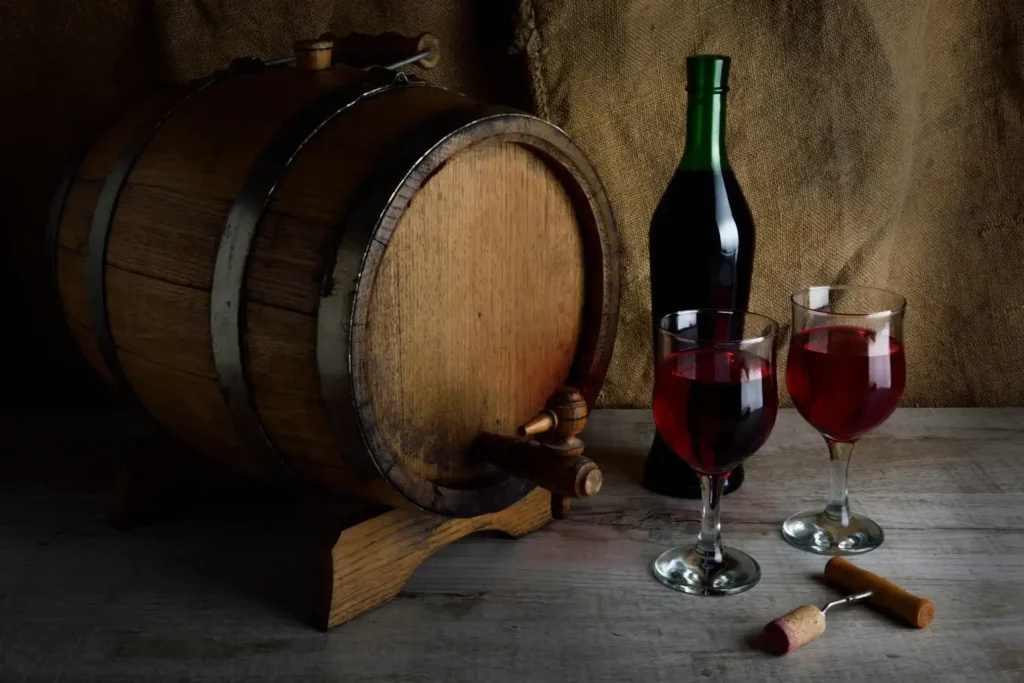 How did port wine bottles grow stylish over decades
How did port wine bottles grow stylish over decades

